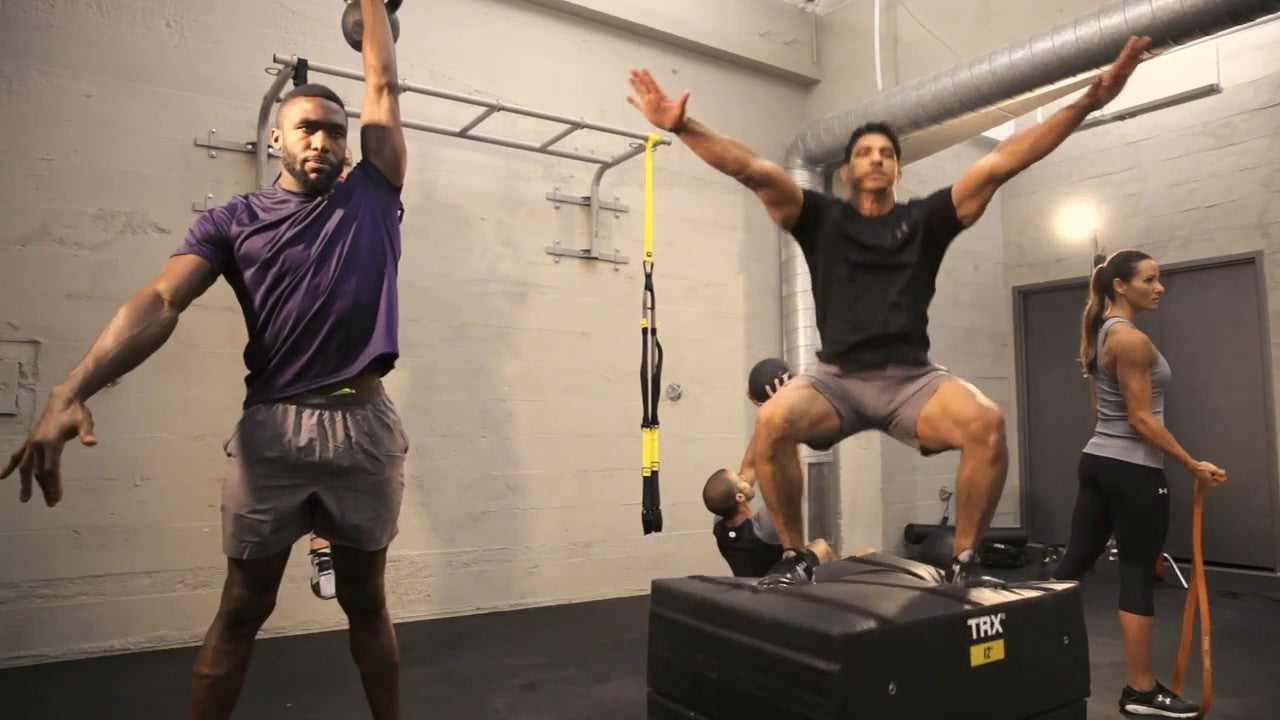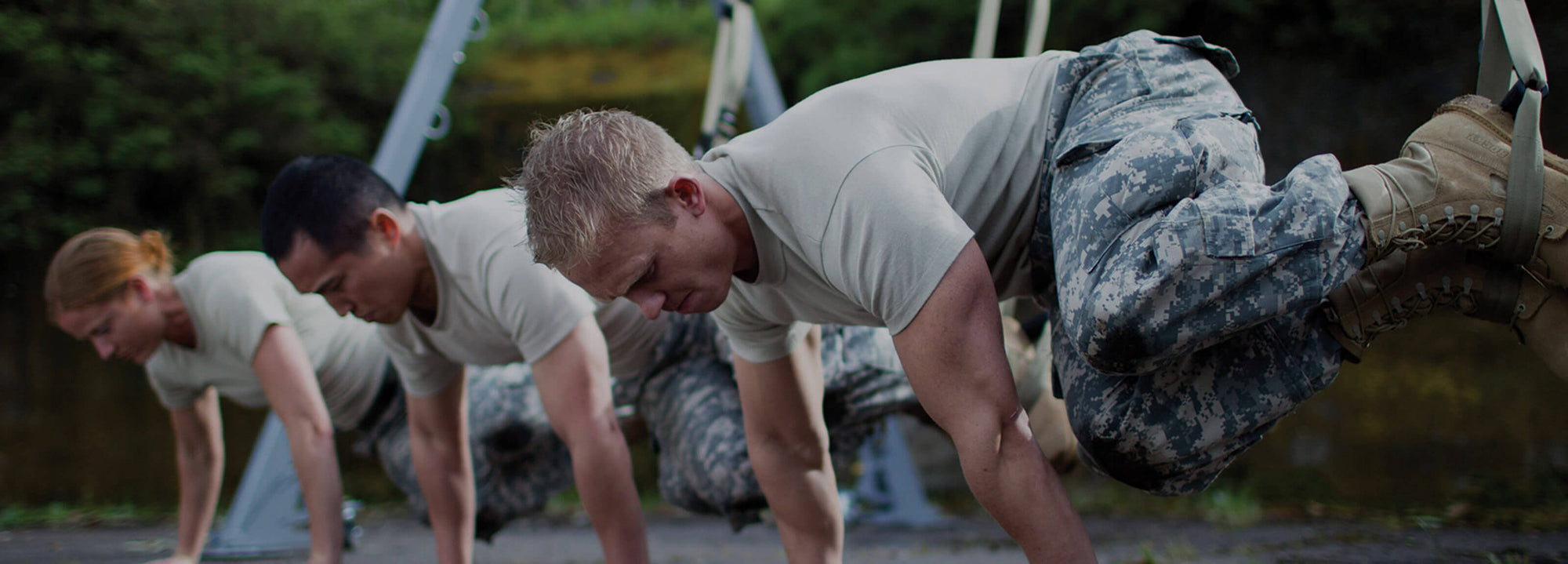Most folks exercise because they want to (1) lose weight, (2) maintain their weight, (3) tone up, and/or (4) relieve stress. Those are all valid reasons to commit to a fitness routine, but you can also exercise to simply improve the way you move throughout the world. There’s even a name for better-at-life forms of exercise: functional training.
Functional training helps provide you with the strength, stability, and mobility you need to thrive in your life and sports. You use basic functional movement patterns like pushing, pulling, hinging, squatting, rotating, carrying and gait patterns—walking and running—every day. Functional training utilizes exercises that improve your movement proficiency in these primary patterns to give you an edge so you can achieve your goals safely and with good health. Seems smart, right?
Fitness professionals typically recommend functional training to pregnant women or clients recovering from injuries or illness as a replacement for standard endurance or strength training. The reasoning is that it’s best not to push a person’s body to engage in exercise that it can’t currently handle.
In the case of pregnancy, that could mean substituting upper or lower body exercises for core work. It makes sense: an expectant mother may not be able to execute a plank or a crunch, but she needs to strengthen her glutes and legs to help her walk and climb stairs with a baby bump.
While functional training for pregnant clients often happens at the gym, the foray into functional movement usually starts in physical therapy for clients recovering from injuries. Consider a patient who had knee surgery. Before he can run, he has to re-teach his muscles to do less demanding activities.
For athletes, functional training is a way to improve a person’s repetitive motion, like a golfer or tennis player’s swing, a surfer’s pop-up, or lateral movements for winter sports enthusiasts. There are even TRX videos designed to help athletes with functional training for their respective sports.
So you’re not pregnant, injured, or an athlete. Does that mean you get a free pass on functional exercise? Not at all. Fortunately, TRX Suspension Training is, in itself, a form of functional training. Suspension Training destabilizes your body, forcing your core and joint stabilizers to step up to the plate to keep you from toppling or buckling during a move. As you train your muscles to get better at firing up under those shaky circumstances, you’re improving your balance and stability, which will help you avoid injuries over time.
Even if you don’t want to spend time at the gym focused on function, you can supplement your workouts with your TRX Suspension Trainer at home. And if you want additional workout ideas that focus on improved mobility, you can try the TRX Healthy Joints routine.
Regardless of your fitness goals, abilities, or limitations, functional training should be a part of your exercise routine. You plan to live a long, healthy life, so start preparing your body for the journey now.




